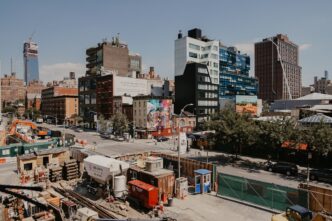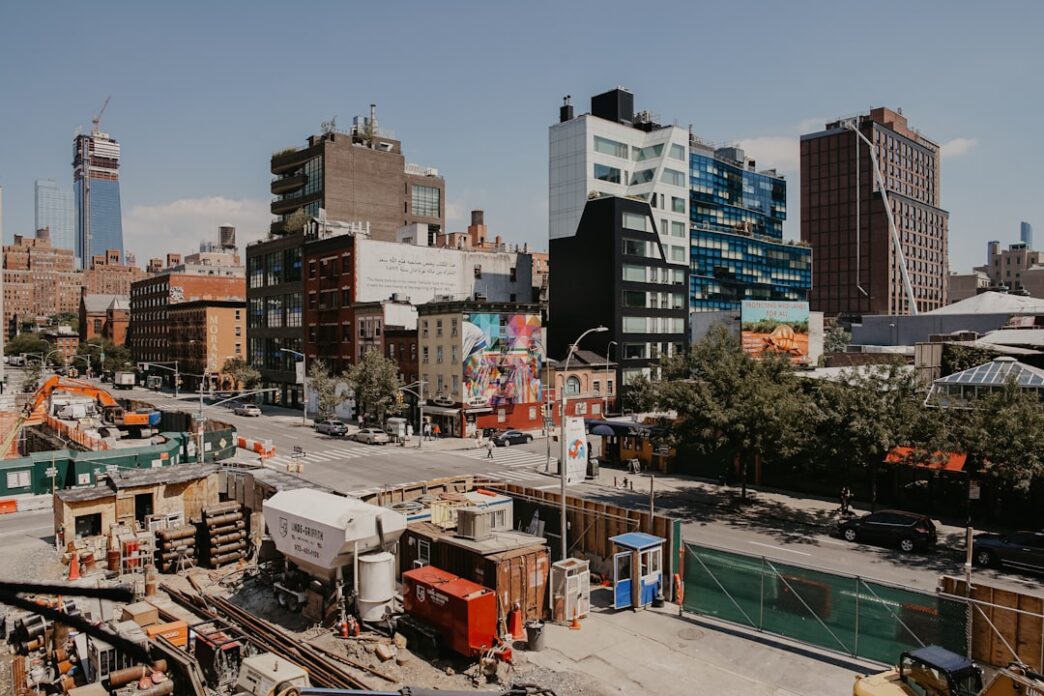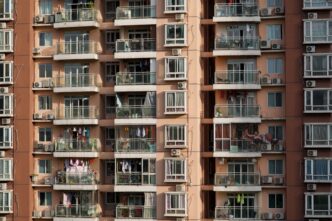The accelerated shift to remote work has not just redefined where people work but has also ignited a quiet revolution in urban economies. The pandemic acted as a catalyst, pushing businesses and employees to adapt quickly to working from home. However, as this transition becomes embedded in the fabric of the labor market, cities are grappling with a new economic reality—one where the bustling downtown office landscape may not be as essential as it once was.
Consider the case of San Francisco, a city long held as a beacon of tech innovation and urban density. Historically, its economy thrived on a model that emphasized in-person collaboration in highly concentrated office spaces. Yet, as tech giants like Twitter and Facebook announced permanent remote work policies, the implications for the local economy became profound. Commercial real estate values began to wobble, storefronts shuttered, and a sense of uncertainty seeped into the urban fabric.
Businesses are not just shrinking their physical footprints; they are also rethinking their economic models. The San Francisco Chamber of Commerce reported a significant uptick in the number of small businesses transitioning to hybrid models or fully remote operations. This shift is reshaping local economies, reducing demand for traditional office space while increasing reliance on digital services and e-commerce.
In response, cities are experimenting with new urban planning strategies. For example, the “15-minute city” concept, which aims to create urban environments where residents can access most daily necessities within a short walk or bike ride, is gaining traction in metropolitan areas. Cities like Paris are leading the charge, reimagining public spaces and reducing car dependency. The outcome could be a more decentralized urban economy, where local businesses thrive, and communities become more self-sufficient.
However, this transformation is not without challenges. The digital divide remains a pressing issue, particularly in developing regions where internet access is scarce. The World Bank has highlighted that over 3 billion people globally still lack reliable internet access. As remote work becomes increasingly prevalent, the risk of exacerbating economic inequalities looms large. Policymakers must address these disparities to ensure that the benefits of remote work extend to all citizens, not just those in privileged positions.
Moreover, the shift towards remote work is also influencing labor dynamics. The gig economy continues to flourish, with platforms like Upwork and Fiverr becoming household names. Workers are no longer tethered to traditional job structures; instead, they’re crafting portfolios across multiple platforms. This newfound flexibility can empower individuals but can also lead to precarious employment situations, lacking benefits and job security.
Internationally, countries are grappling with the implications of a dispersed workforce. In Australia, for instance, the government is considering tax incentives for businesses that encourage remote work in regional areas, aiming to invigorate local economies that have historically suffered from urban migration. The Australian Bureau of Statistics noted that this policy could alleviate pressure on housing markets in major cities while boosting economic activity in smaller towns.
The evolution of work is reshaping economic landscapes in ways that were previously unimaginable. As cities adapt to these changes, the challenge will be to harness the benefits while ensuring that the urban economy remains inclusive and resilient. As urban centers continue to evolve, the question remains: how will cities balance the allure of remote work with the need for vibrant, connected communities? The answers may very well define the next chapter of urban economics.













